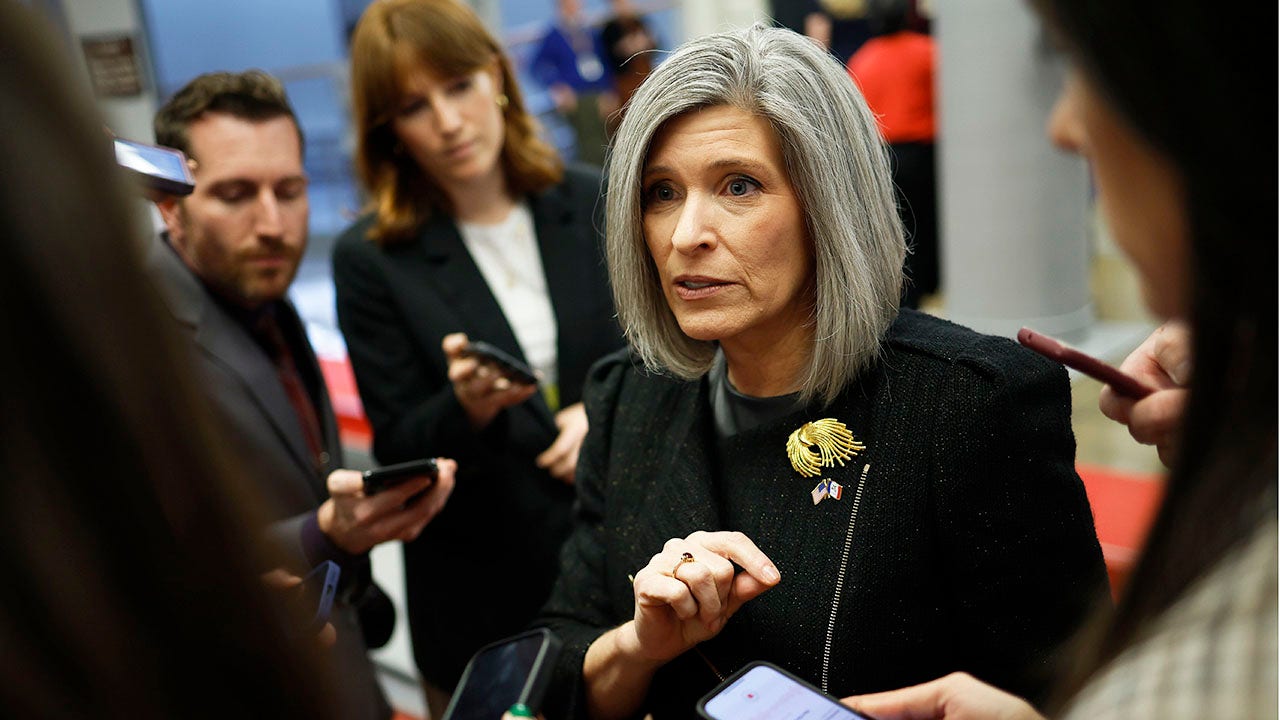Austin, TX
Federal railroad grant denied for passenger rail in central Texas

Federal grant denied for Texas passenger rail
The Federal Railroad Administration has denied grant money for the fastest-growing metro areas in Texas when it comes to passenger rail expansion.
AUSTIN, Texas – On Friday, the Federal Railroad Administration approved five corridors for passenger rail expansion in Texas and excluded the corridor connecting Austin, San Antonio and Dallas-Fort Worth.
“So that is disappointing news, but it’s not the end of the track,” said Travis County Judge Andy Brown. “We still have work to do, obviously, to get CAMPO and the MPO’s for San Antonio and Dallas on board with putting rail in their priorities for their plans.”
The Federal Railroad Administration’s corridor identification and development program would provide $500,000 to study a proposed rail corridor. The grant award would make the Texas Department of Transportation’s proposed project eligible for additional federal funding at an 80 percent to 20 percent federal-state match.
“What I’m planning on doing is meeting with representatives of the Federal Railroad Administration. I think I may have a meeting set on Monday,” Judge Brown said. “I’m trying at least to ask them, A, could they just reconsider, and is there something we could do to get this in that plan for now? And if not, what is the path forward? How do we get into that?”
Rail connecting central Texas cities proposed
As the state’s population grows, so does traffic on heavily travelled roadways. But some say there may be another option; FOX 7’s Mike Warren speaks with Travis County Commissioner’s Court Judge Andy Brown for more.
Bexar County Judge Peter Sakai in a statement said, in part, “We must do more to meet the demands of our time and address the key challenges we face as one of the fastest growing communities in the nation and improve transit with passenger rail in central Texas.”
Austin Mayor Kirk Watson previously spoke at the nation’s capital looking to expand interstate transportation options.
“You have communities that would then allow them to maybe not live in the major metropolitan areas because of cost or otherwise. But still be able to participate in those economies,” Mayor Watson said.
RELATED
Judge Brown says they look forward to working with our state and federal partners on future rail projects.
“Just think of this: Next time you’re stuck in traffic on I-35 between Austin and San Antonio, look off, you know, to the left of there, to the right, and think how nice it would be to be riding on a comfortable train with maybe a café car, having a cup of coffee, reading your phone or whatever, talking to people on the way instead of being stuck in traffic,” Judge Brown said. “That’s really what we’re trying to solve for here.”

Austin, TX
Texas Longhorns’ SEC Opponents Revealed for 2026 and Beyond

The debate over whether or not the SEC should move to nine conference games has been raging on for a while now, but that debate has finally been put to bed.
Last month, SEC presidents moved to adopt a nine-game conference schedule starting in 2026. As part of the schedule, each team will have three annual opponents with the other six games rotating. This will allow every team to play each other at least once every other year.
The SEC previously announced that the Texas Longhorns’ annual opponents would be Arkansas, Oklahoma and Texas A&M, at least until the league reevaluates annual opponents ahead of the 2030 season. Now, they know exactly who they’ll be facing in conference play for the next four years.
Here’s a look at the Aggies’ full list of conference opponents from 2026-29, as revealed by the league on Tuesday night.
Home
Away
Home
Away
Home
Away
Home
Away
As part of the nine-game schedule, the Longhorns will finally get to play the other half of the SEC. The conference previously had each of its 14 existing members play either Texas or Oklahoma, but not both, when those two teams joined in 2024, and then just repeated the same matchups in 2025.
This will allow the Longhorns to play some teams they haven’t faced in decades, most notably South Carolina (last played in 1957), Tennessee (1968) and Auburn (1991). With them now playing every other team in the conference at least twice in a four-year span, they have a chance to forge some new rivalries as well.
Additionally, the new schedule will fix a major problem the Longhorns face this season. As they are the designated home team for this year’s Red River Rivalry against Oklahoma in Dallas, they don’t play a true home game between last Saturday against Sam Houston and Nov. 1 against Vanderbilt. They play three road games against SEC opponents and have a bye in that time, thus explaining the month-long drought.
Now, though, the SEC can simply give the designated home team five home games against conference opponents, including the game in Dallas, and the designated road team four home game, thus solving the inequality problem.
It’s a new era in the SEC, and even with the nine-game schedule, the Longhorns are well equipped to compete in their new home.
Austin, TX
Researchers make concerning discovery at bottom of popular lake: ‘Shows how pervasive our impact is’

Austin, Texas, has a growing microplastic problem in its soil and bodies of water.
Danielle Zaleski, a student at the University of Texas’ Jackson School of Geosciences, pulled a core sample from the floor of Lady Bird Lake in Austin. The mesh, intended to separate sediment from plastic, clogged almost instantly. The sample contained so many fragments that the count had to be abandoned.
What’s happening?
A recent report from KXAN dissected research into how microplastic pollution has built up in Austin’s lakes over time, finding that older sediment contained only a few hundred particles per sample while recent layers had thousands.
Zaleski, who works with the University of Texas and the city, has been documenting the rise of microplastics in Austin’s lakes. In older sediment, buried deeper underground, she measured about 200 particles for every 100 grams. Near the surface, the number spiked to 4,600.
The sharpest concentrations were found downtown, beneath Interstate 35, where tire dust and synthetic road debris flow directly into the water. “It’s just another one of those things that shows how pervasive our impact is,” said Brent Bellinger of the city’s Watershed Protection Department, per KXAN.
Why is microplastic pollution concerning?
Microplastics are created when larger plastics break down or during manufacturing. These particles are now found everywhere, including the air, water, soil, and even human bodies. Studies estimate that the average person ingests between 39,000 and 52,000 particles of microplastics and nanoplastics every year.
|
Garden of Life’s clean vitamins and supplements are made with pure, whole-food ingredients to support your health and everyday wellbeing. You can boost your routine with bestselling probiotics, collagen, vitamins, and protein — all without synthetic ingredients, artificial flavors or colors, binders, or fillers.
And for a limited time, get 25% off specific Garden of Life products with code Back2Garden.
|
The health risks are still being studied, but scientists have linked microplastics to respiratory problems, digestive issues, and possible chemical exposure. For cities like Austin, the concern goes beyond ecology: These lakes provide recreation, influence property values, and connect to broader water supplies. If the buildup worsens, it could threaten both public health and the city’s economy.
The problem isn’t unique to Texas. Research has documented microplastic pollution in rivers, oceans, bottled water, and even in rainfall. These findings suggest the issue is systemic, driven by the massive global use of plastics and inadequate disposal systems.
What’s being done about microplastics?
According to KXAN, Austin’s Watershed Protection Department is incorporating Zaleski’s findings into an upcoming city report, which could inform new policies on stormwater management, waste reduction, and infrastructure design. Researchers also hope the data will push for tighter controls on road runoff, one of the largest contributors.
On an individual level, reducing the use of single-use plastics remains one of the most effective ways to cut back on microplastic pollution. Simple swaps that use less plastic — such as reusable water bottles, cloth bags, or alternatives to plastic packaging — can help limit the plastic stream before it breaks down into microscopic fragments.
Communities around the country are also experimenting with bans on plastic bags and foam containers, along with efforts to clean and restore waterways.
Tackling microplastics won’t be easy, but cities like Austin now have clearer evidence of how urgent the problem has become.
Join our free newsletter for good news and useful tips, and don’t miss this cool list of easy ways to help yourself while helping the planet.
Austin, TX
Live updates from Texas football game Saturday in Austin

Can UTEP (1-1), which has never beaten Texas in six previous games, spring a monumental upset?
Follow along for scores and live updates.
Texas football coach Steve Sarkisian said running back Quintrevion Wisner and defensive tackle Alex January were doubtful entering the game, and neither player is listed on the Longhorns’ pregame depth chart. Receiver DeAndre Moore Jr., whom Sarkisian also described as doubtful, is listed atop the depth chart but is not suited up during team warmups.
When: 3:15 p.m. Saturday
Where: Royal-Memorial Stadium in Austin
TV/radio: SEC Network, 1300, 98.1, 105.3 (Spanish)
Line: Texas is favored by 41½ points; over/under is 50½ points.
Sunny skies and hot with highs in the high 90s.
-

 Finance1 week ago
Finance1 week agoReimagining Finance: Derek Kudsee on Coda’s AI-Powered Future
-

 World6 days ago
World6 days agoSyria’s new president takes center stage at UNGA as concerns linger over terrorist past
-
North Dakota7 days ago
Board approves Brent Sanford as new ‘commissioner’ of North Dakota University System
-

 Technology6 days ago
Technology6 days agoThese earbuds include a tiny wired microphone you can hold
-

 Culture6 days ago
Culture6 days agoTest Your Memory of These Classic Books for Young Readers
-

 Crypto6 days ago
Crypto6 days agoTexas brothers charged in cryptocurrency kidnapping, robbery in MN
-

 Crypto7 days ago
Crypto7 days agoEU Enforcers Arrest 5 Over €100M Cryptocurrency Scam – Law360
-

 Rhode Island7 days ago
Rhode Island7 days agoThe Ocean State’s Bond With Robert Redford



















